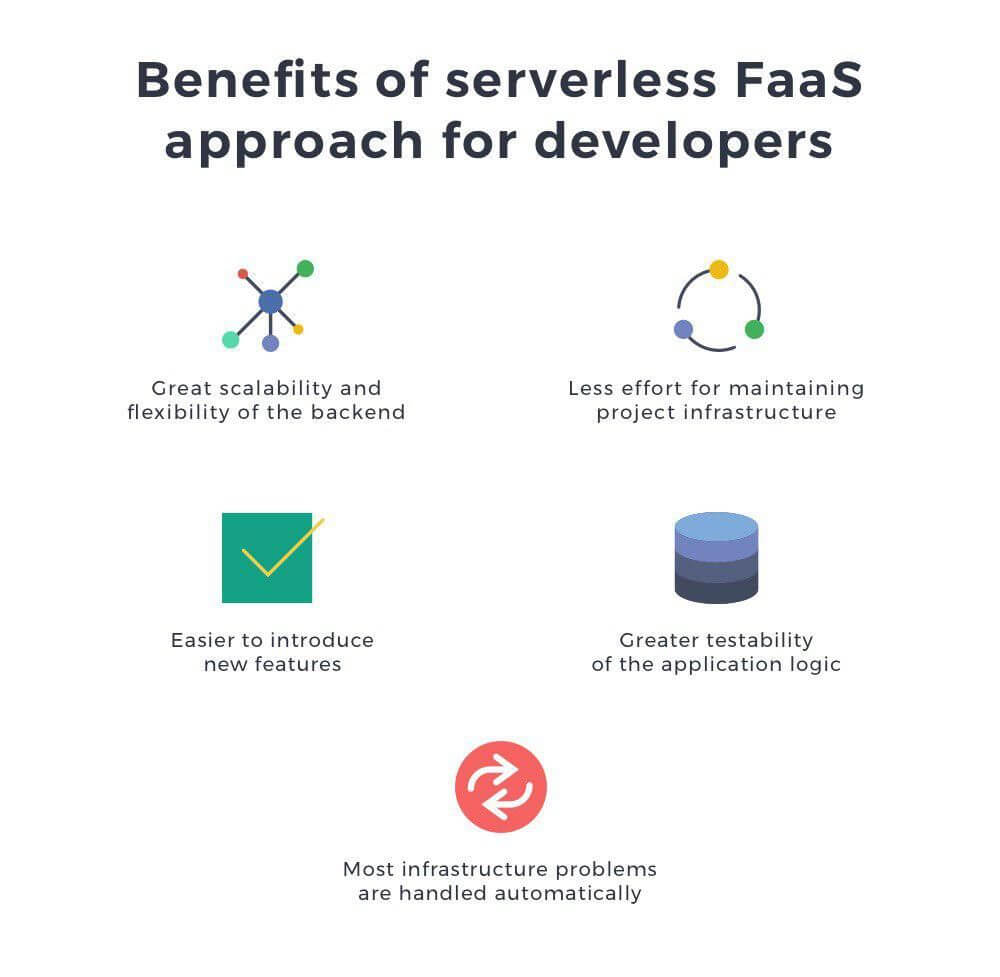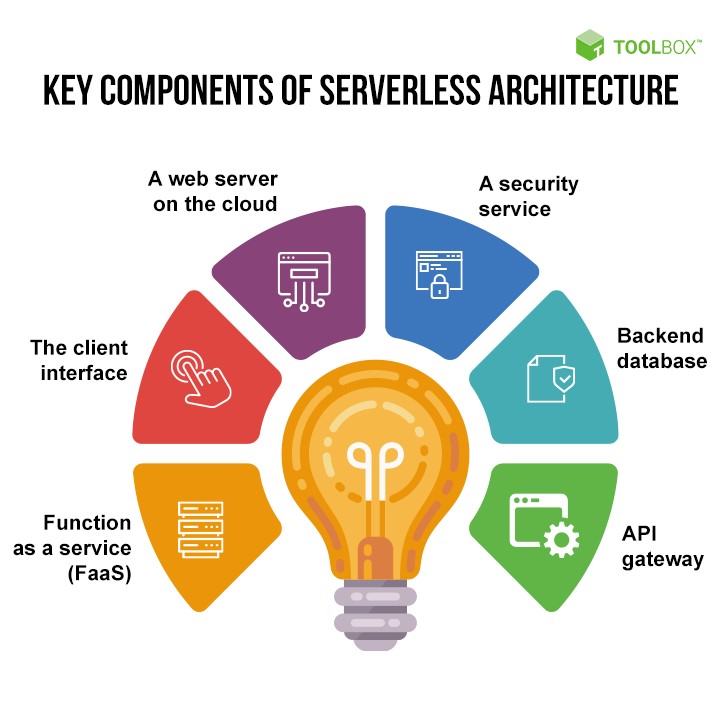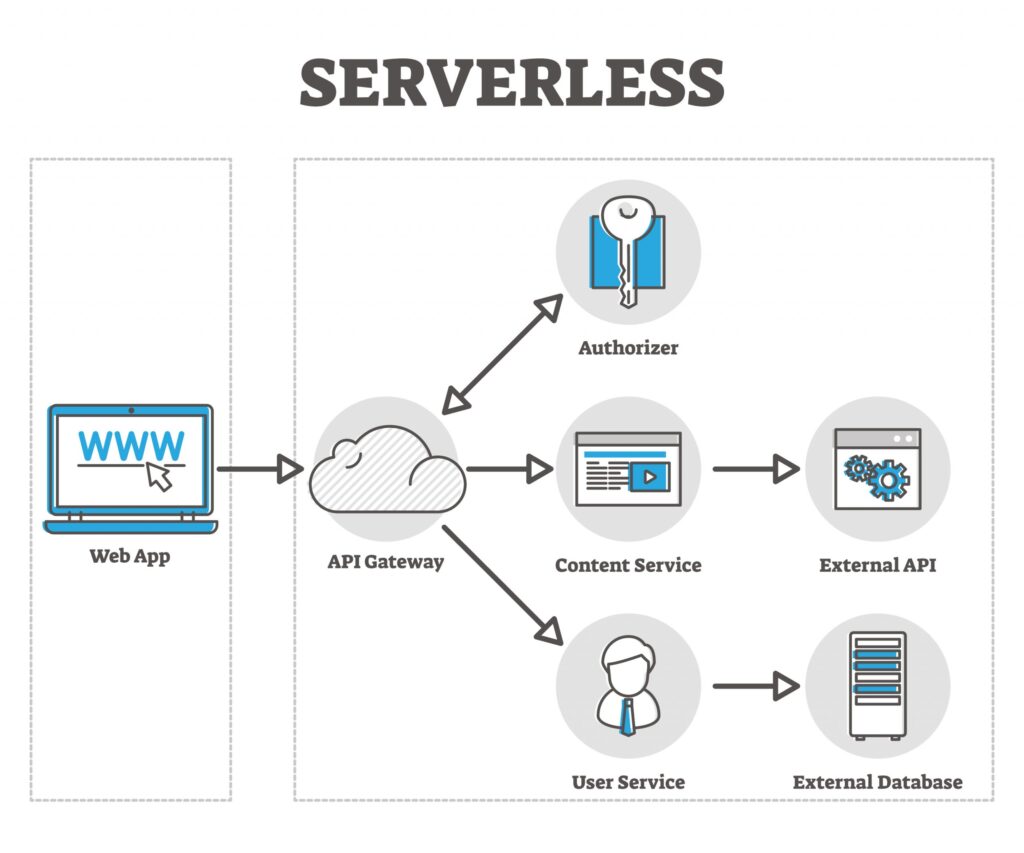Serverless Architecture is a cloud computing model that allows developers to focus solely on writing and deploying their application code, without the need to manage and provision servers. This is because the cloud provider manages the underlying infrastructure, automatically allocating resources to run and scale the application as needed.
In traditional cloud computing, developers’ provision and manage servers to run their applications. This requires ongoing maintenance and management, including monitoring resource usage, managing capacity, and scaling as needed. With serverless architecture, the cloud provider takes care of all these tasks, making the development process much simpler and more efficient.
One of the key benefits of serverless architecture is its scalability. Because the cloud provider automatically allocates resources, the application can scale to meet changing demands without any manual intervention. This can result in significant cost savings compared to traditional cloud computing, as the developer only pays for the exact amount of resources used, rather than for pre-allocated server capacity.
Another advantage of serverless architecture is its flexibility. Developers can write and deploy code in a variety of languages and platforms, and can easily integrate with other cloud services and APIs. This makes it possible to build and run a wide range of applications and services, from simple microservices to complex, multi-tier applications.
Despite its many benefits, serverless architecture does have some limitations. For example, because the cloud provider manages the infrastructure, developers have limited control over the underlying hardware and network configurations. In addition, serverless architecture can be more complex to debug and monitor than traditional cloud computing, as the cloud provider manages many of the underlying components.
However, these limitations are offset by the many advantages of serverless architecture. As the demand for cloud computing continues to grow, serverless architecture is likely to become an increasingly popular choice for developers looking to build and run applications and services in the cloud.
Serverless Architecture is trending for several reasons, including:
- Cost-Efficiency: Serverless architecture charges for the exact amount of resources used, rather than for pre-allocated server capacity, making it a cost-efficient option for building and running applications and services.
- Scalability: Serverless architecture allows applications to automatically scale to meet changing demands, without any manual intervention, making it a highly scalable option for building and running applications and services.
- Flexibility: Serverless architecture allows developers to write and deploy code in a variety of languages and platforms, and easily integrate with other cloud services and APIs, making it a flexible option for building and running a wide range of applications and services.
- Focus on Code: Serverless architecture frees developers from the need to manage and provision servers, allowing them to focus solely on writing and deploying their application code, making it a productive option for building and running applications and services.
- Short Time to Market: Serverless architecture can help reduce the time to market for new applications and services, as it allows developers to quickly deploy and run code, without the need to manage and provision servers.

Serverless Architecture has several popular applications, including:
- Web and Mobile Applications: Serverless architecture can be used to build and run web and mobile applications, taking care of the underlying infrastructure and scaling needs.
- Microservices: Serverless architecture is a great fit for building microservices, as it allows developers to easily deploy and manage small, independent functions.
- Event-Driven Applications: Serverless architecture is well-suited for event-driven applications, as it allows developers to easily run code in response to events, such as incoming API requests or changes in data.
- Big Data Processing: Serverless architecture can be used to process big data in a cost-efficient and scalable manner, as the cloud provider automatically allocates resources as needed.
- Internet of Things (IoT): Serverless architecture can be used to build and run IoT applications, as it allows developers to easily process and respond to data from connected devices.
- Chatbots: Serverless architecture is a popular choice for building chatbots, as it allows developers to easily deploy and manage the underlying code and infrastructure.
- Static Website Hosting: Serverless architecture can be used to host static websites, as it allows developers to easily deploy and manage the underlying infrastructure and handle incoming requests.
- Backup and Recovery: Serverless architecture can be used for backup and recovery purposes, as it allows developers to automatically store and retrieve data in a cost-efficient and scalable manner.
These are some of the popular applications of Serverless Architecture. It can be used to build and run a wide range of applications and services, depending on the specific needs and requirements.

In conclusion, serverless architecture is a powerful and flexible cloud computing model that offers many benefits over traditional cloud computing. By freeing developers from the need to manage and provision servers, serverless architecture makes it easier and more efficient to build and run a wide range of applications and services. As the demand for cloud computing continues to grow, serverless architecture is likely to become an increasingly popular choice for developers and organizations looking to take advantage of the many benefits of cloud computing.

